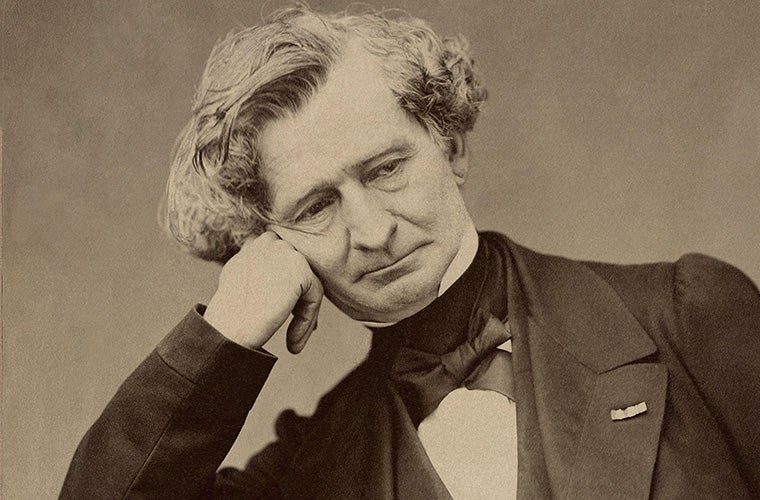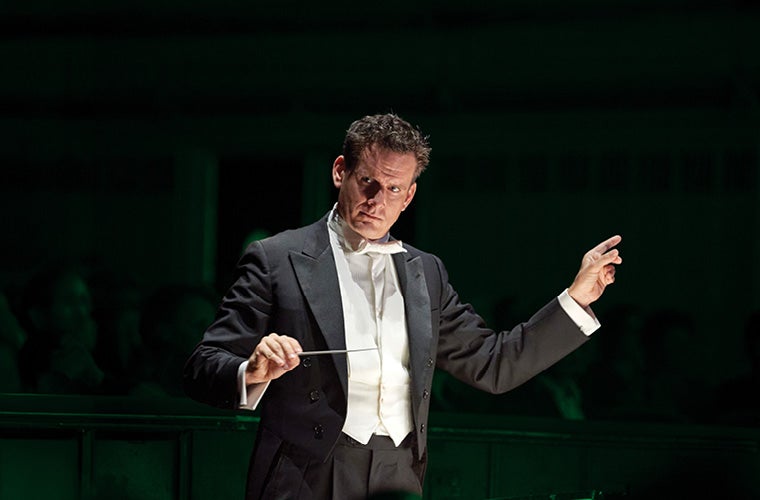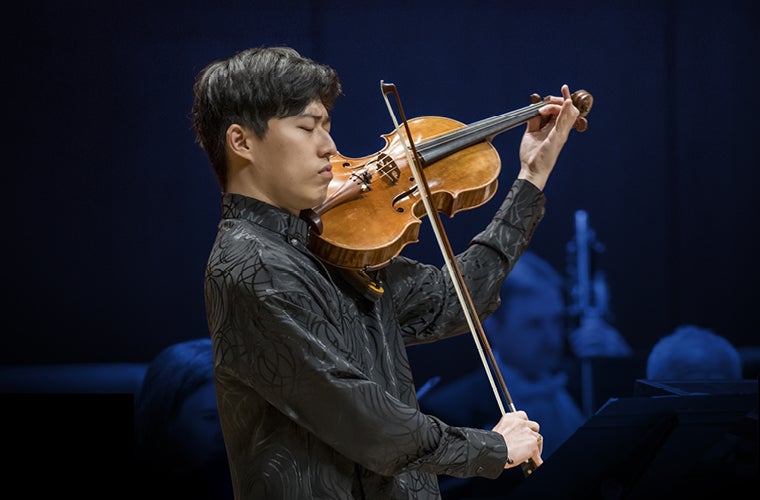
Hector Berlioz
1803–1869
Biography
Hector Berlioz was a controversial French composer, dramatically splitting the opinions of critics. His most famous work is Symphonie Fantastique. Berlioz was one of the most influential of all 19th-century conductors.
He started out as a medical student, but he swapped disciplines mid-course and started his formal music studies at the Paris Conservatoire in 1826.
An extraordinary pupil, over the next six years he produced a series of increasingly original and inventive works that climaxed in the Symphonie Fantastique.
In 1832 Berlioz began a 30-year spell as music critic for the Journal des Débats and started writing for the Gazette Musicale in 1834, the year he produced his second symphony, Harold en Italie.
When his requiem, Grande Messe des Morts, was first performed in 1837, its unprecedented scale - temporal, emotional and instrumental - left onlookers gasping in its wake, while Roméo et Juliette (1839) accomplished much the same reaction in the symphonic sphere.
Berlioz's penchant for the monumental is illustrated by two further Paris concerts given under his direction. The first in 1844 amassed 1,022 performers, including 36 double basses for Beethoven's Fifth Symphony, 24 French horns for Weber's Der Freischütz overture, and 25 harps for Rossini's Prayer of Moses.
This was followed in 1855 by a spectacular, featuring 1,200 players, plus choruses and five sub-conductors.
His greatest masterpiece, the epic five-hour opera Les Troyens, defied all attempts to get a complete production staged in his lifetime, and although his last great work, the light-hearted opera Béatrice et Bénédict, was well received, it was a case of too little too late for Berlioz.
In 1868 Berlioz's mental and physical health declined rapidly and he died in 1869.
Featured Events
Jordan Conducts Symphonie fantastique
- Roman Carnival OvertureBerlioz
- Piano Concerto No. 5, "Egyptian"Saint-Saëns
- Symphonie fantastiqueBerlioz
America @ 250: Spano Conducts Bernstein + Berlioz
- Harold in ItalyBerlioz
- Symphony No. 2, "The Age of Anxiety"Bernstein

